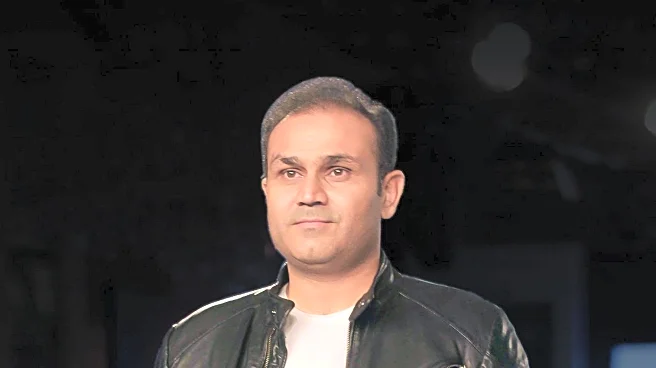What's Happening?
The luxury fashion industry is witnessing a wave of designer changes as top brands like Chanel, Gucci, and Dior introduce new creative visions. This move is part of a broader strategy to reignite consumer interest amid a challenging economic environment. Despite the excitement surrounding these changes, industry insiders remain cautious, noting that success is not guaranteed. The challenges include creating innovative products that appeal to a global audience, managing steep price inflation, and navigating a saturated media landscape.
Why It's Important?
The designer revamps are seen as a critical step in addressing the slowdown in luxury fashion sales. The industry's ability to adapt and innovate will determine its future success. Brands that effectively leverage new creative directions may regain consumer interest and drive sales, while those that fail to resonate with consumers could face further declines. The outcome of these changes will have significant implications for the global fashion market, influencing trends, consumer behavior, and economic performance.
What's Next?
As the new collections debut, the industry will closely watch consumer reactions and sales performance. The success of these revamps could lead to further changes in marketing strategies and product offerings. Brands may need to focus on creating compelling narratives and unique products to stand out in a competitive market. Additionally, addressing ethical concerns and improving transparency will be crucial in building consumer trust and ensuring long-term sustainability.
Beyond the Headlines
The industry's focus on creative revamps highlights the ongoing tension between innovation and maintaining brand heritage. The pressure to constantly produce new designs may lead to ethical and quality compromises. Furthermore, the reliance on celebrity endorsements and collaborations raises questions about the authenticity and sustainability of such marketing strategies. The long-term success of the luxury fashion sector will depend on its ability to address these underlying challenges.












